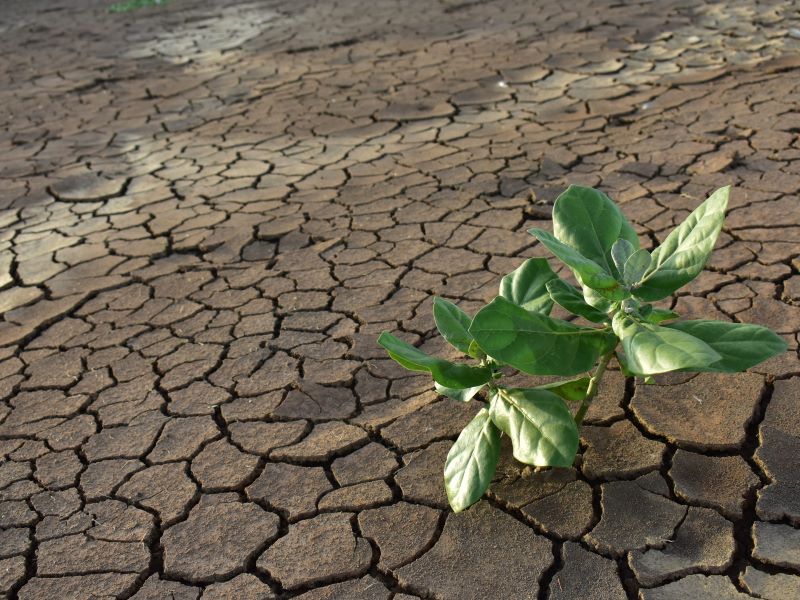Building Back Better: Resilience
Contents |
[edit] Introduction
In its work to provide resources for the construction sector, BREEAM has created the online briefing hub, ‘Building Back Better with BREEAM: Supporting the green recovery’. The hub gathers a collection of briefing papers that reflect BREEAM’s position on important issues.
[edit] Resilience
The BREEAM vision for a fair and appropriate built environment is one that demonstrates social sensitivity in a manner that benefits long-term economic growth, wellbeing, resilience and inclusion. To reflect this vision, BREEAM has published a briefing paper, 'Encouraging resilient assets using BREEAM'.
The paper identifies resilience as something more than just surviving events that may cause physical damage or create business disruptions. It is defined as ‘the capacity of built assets and infrastructure to endure acute shocks and chronic stresses while successfully adapting to long-term changes’.
BREEAM Director Shamir Ghumra stresses the significance of resilience during times of turmoil, saying; “...instilling resilience in response to physical, social and transition risks is becoming a priority, as part of a risk management mechanism that can protect people, property and the planet.”
[edit] The Four Rs of resilience
The briefing paper outlines a vision for a built environment in which resilience is integrated into assets that are sustainable, and beneficial to the environment and to the health and wellbeing of those who use them. It can be demonstrated through four key features, arranged in the order in which they are being incorporated into the BREEAM family of standards:
- Resistance. Preventing damage or disruption by providing the strength or protection to resist the hazard or its primary impact.
- Reliability. Designing assets or systems to operate under a range of set conditions in order to mitigate damage or loss from an event.
- Redundancy. Making available backup installations or spare capacity to enable operations to be switched or diverted to alternative parts of the system in the event of disruption to ensure continuity of service.
- Response and recovery. Enabling a fast and effective response to, and recovery from, disruptive events.
[edit] Future thinking
BREEAM intends to continue its work integrating resilience across its standards and supporting a whole life performance approach for projects. The goal is to ensure resilience can be achieved across life cycles by linking the design, construction and performance of the completed project and the use of the asset once it is occupied.
BREEAM also hopes to identify Key Performance Indicators (KPIs) that will support and demonstrate how resilience is achieved through application. For instance, incorporating measures combating natural hazards and reducing the probability of flooding in high risk areas.
Find out more at: https://files.bregroup.com/breeam/BREEAM_Resilience_BRE_115440.pdf
[edit] Related articles on Designing Buildings Wiki
- BRE articles on Designing Buildings Wiki.
- BREEAM Designing for durability and resilience.
- BREEAM In-Use Version 6 environmental standard launched by BRE.
- BREEAM: The Next Generation.
- BREEAM USA In-Use Version 6.
- Building Back Better: Circularity and BREEAM.
- Building Back Better: Health.
- Building Back Better: Net zero carbon and BREEAM.
- Building Back Better: Social impact.
- Building back better with BREEAM.
- Building flood resilience.
- Managing and responding to disaster.
- Property flood resilience.
- Resilience.
- Risk management.
[edit] External resources
Featured articles and news
A change to adoptive architecture
Effects of global weather warming on architectural detailing, material choice and human interaction.
How big is the problem and what can we do to mitigate the effects?
Overheating guidance and tools for building designers
A number of cool guides to help with the heat.
The UK's Modern Industrial Strategy: A 10 year plan
Previous consultation criticism, current key elements and general support with some persisting reservations.
Building Safety Regulator reforms
New roles, new staff and a new fast track service pave the way for a single construction regulator.
Architectural Technologist CPDs and Communications
CIAT CPD… and how you can do it!
Cooling centres and cool spaces
Managing extreme heat in cities by directing the public to places for heat stress relief and water sources.
Winter gardens: A brief history and warm variations
Extending the season with glass in different forms and terms.
Restoring Great Yarmouth's Winter Gardens
Transforming one of the least sustainable constructions imaginable.
Construction Skills Mission Board launch sector drive
Newly formed government and industry collaboration set strategy for recruiting an additional 100,000 construction workers a year.
New Architects Code comes into effect in September 2025
ARB Architects Code of Conduct and Practice available with ongoing consultation regarding guidance.
Welsh Skills Body (Medr) launches ambitious plan
The new skills body brings together funding and regulation of tertiary education and research for the devolved nation.
Paul Gandy FCIOB announced as next CIOB President
Former Tilbury Douglas CEO takes helm.
UK Infrastructure: A 10 Year Strategy. In brief with reactions
With the National Infrastructure and Service Transformation Authority (NISTA).
Ebenezer Howard: inventor of the garden city. Book review.
Airtightness Topic Guide BSRIA TG 27/2025
Explaining the basics of airtightness, what it is, why it's important, when it's required and how it's carried out.























